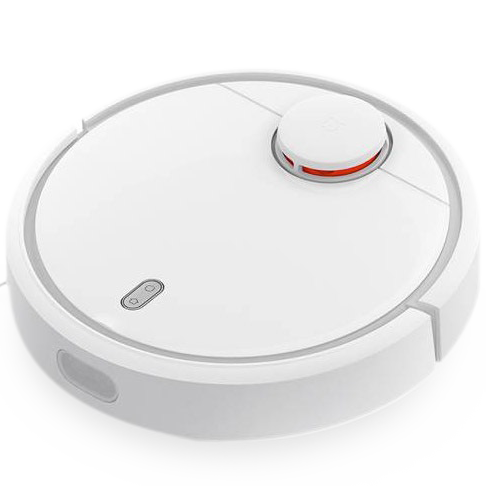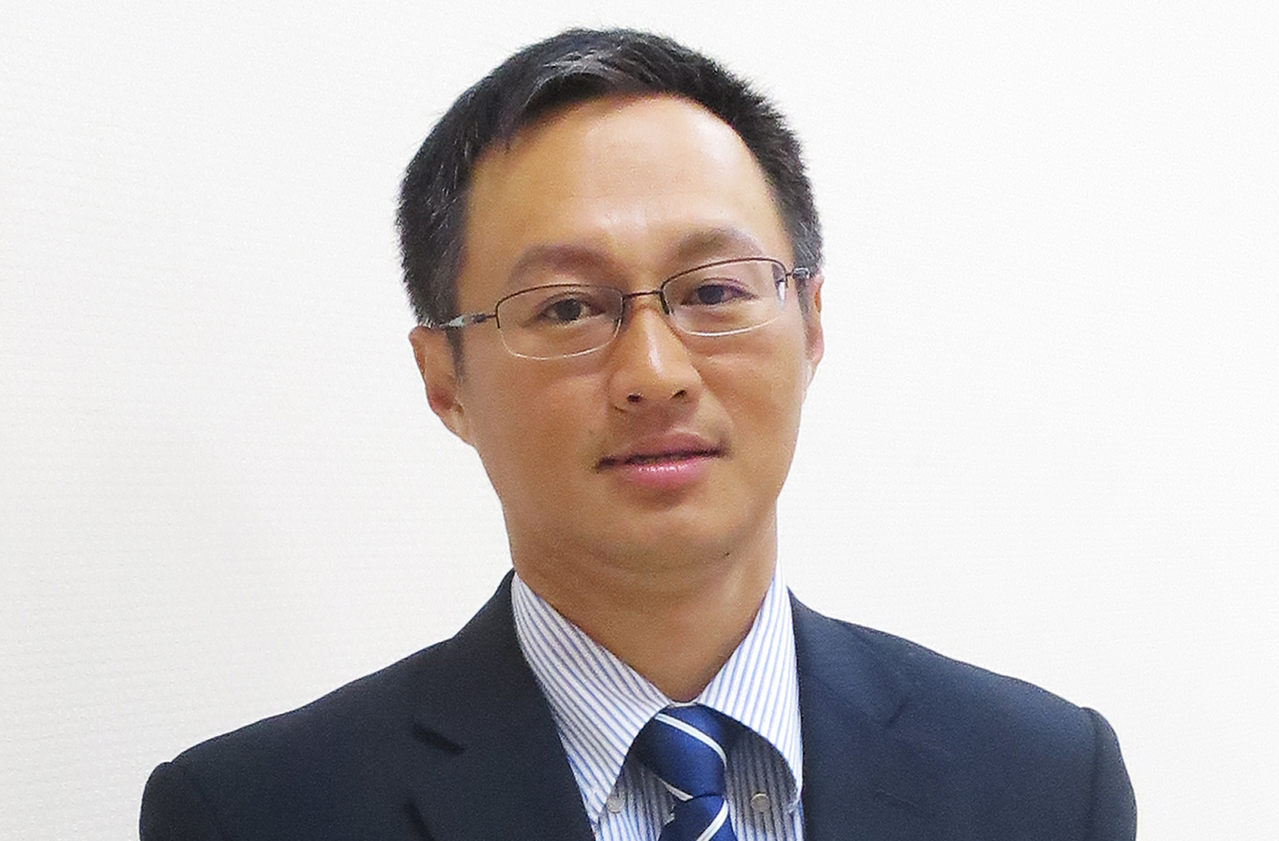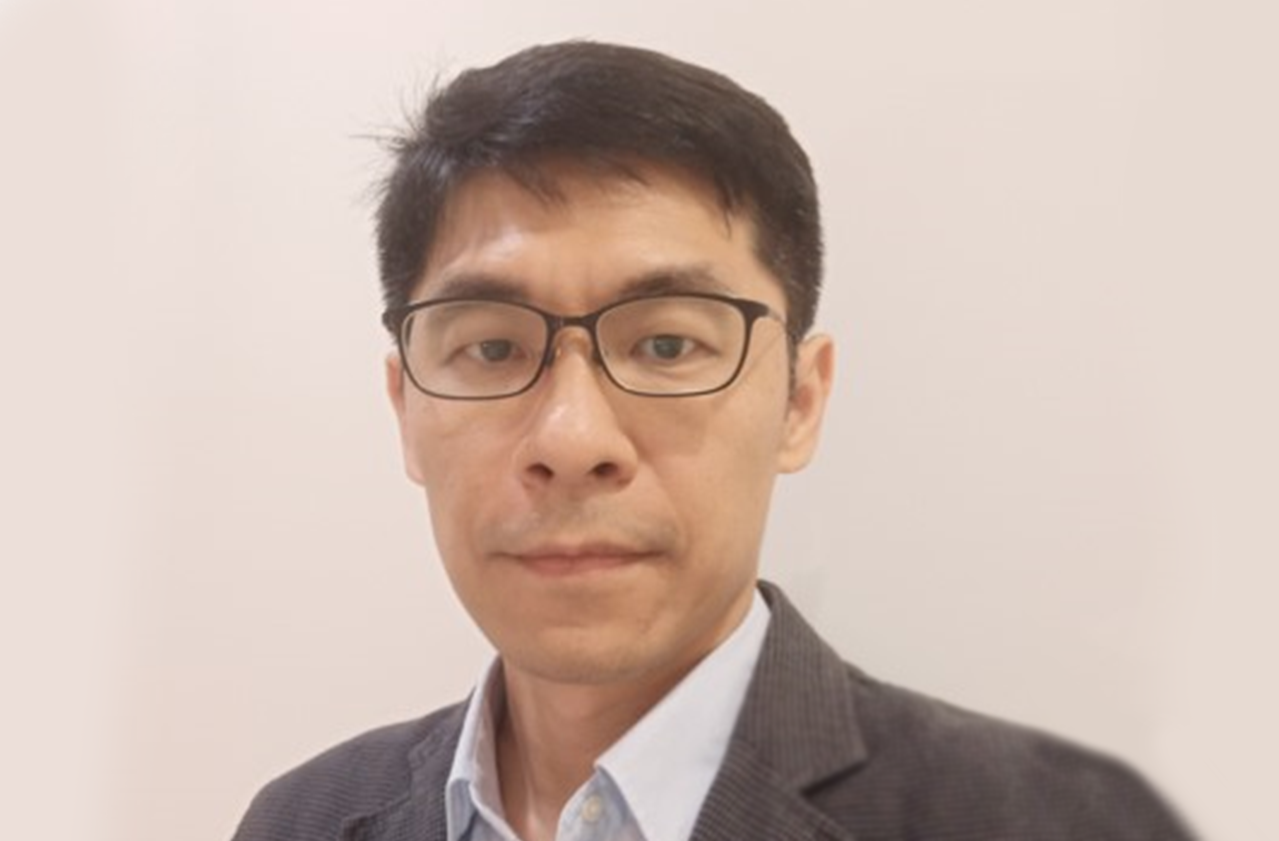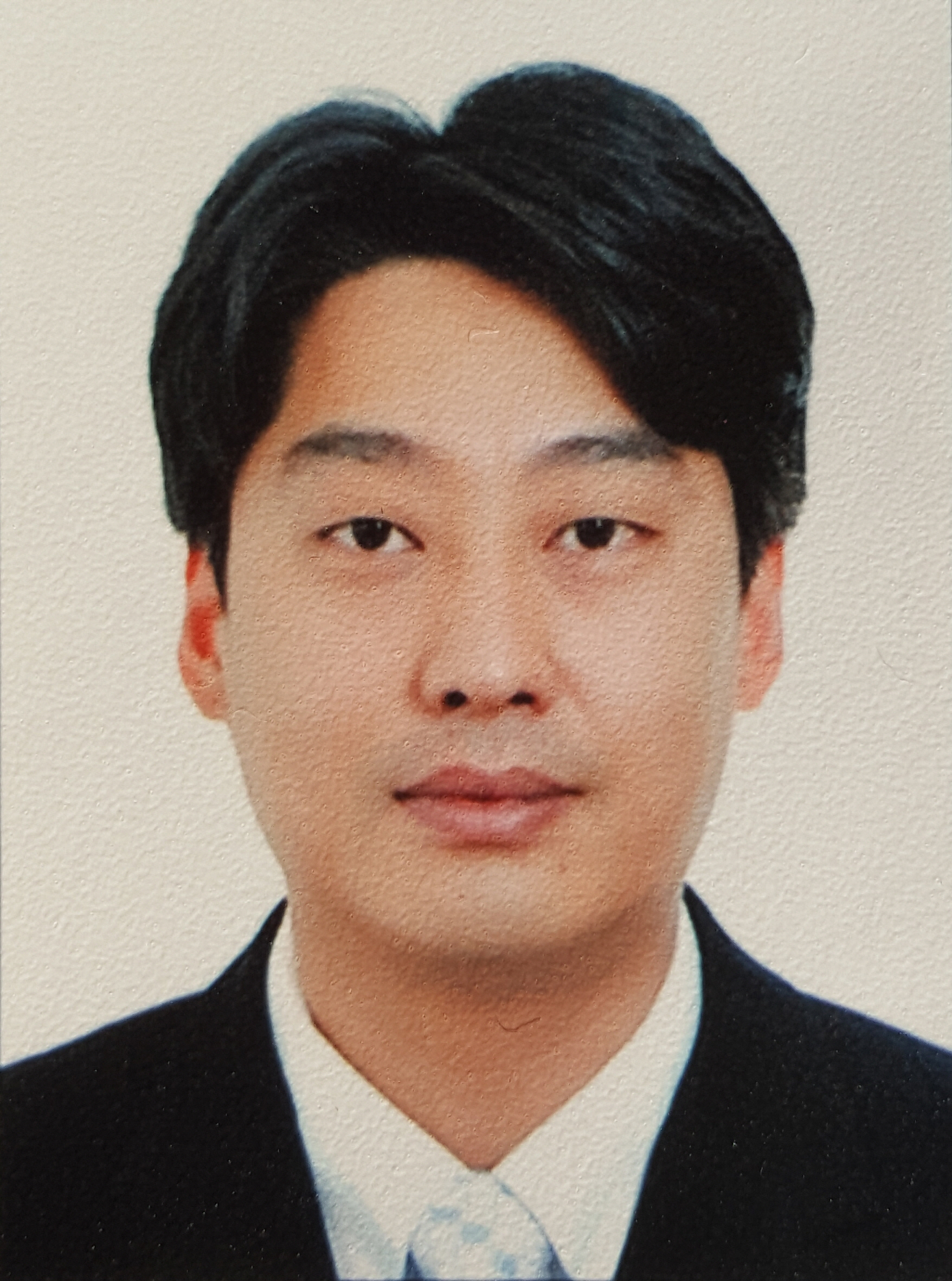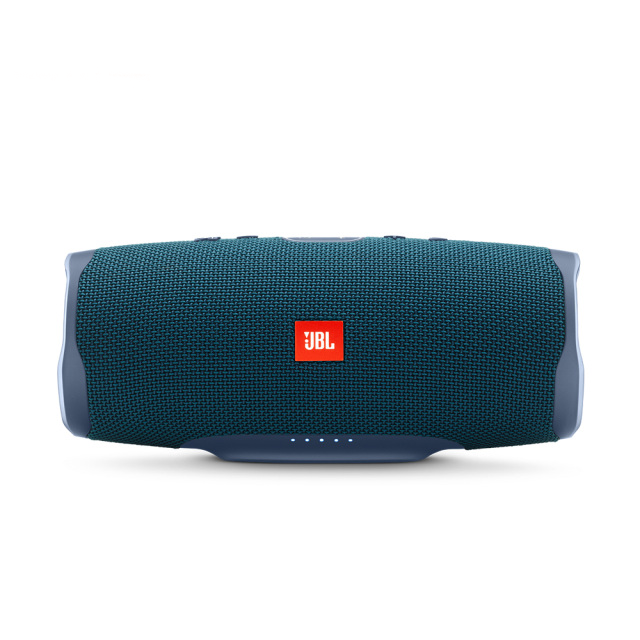Vincent Lai, Tanner Senior Applications Engineer, Mentor, a Siemens Business
Terence Chen, Worldwide Foundry Alliance Manager, CSD Nitro R&D Detail Routing, Mentor, a Siemens Business
This session will cover the latest enhancements to Mentor's complete design flow for analog/mixed-signal integrated circuits for IoT. The talk will highlight how Mentor's customers solved their design challenges using the flexibility of the Tanner platform.

